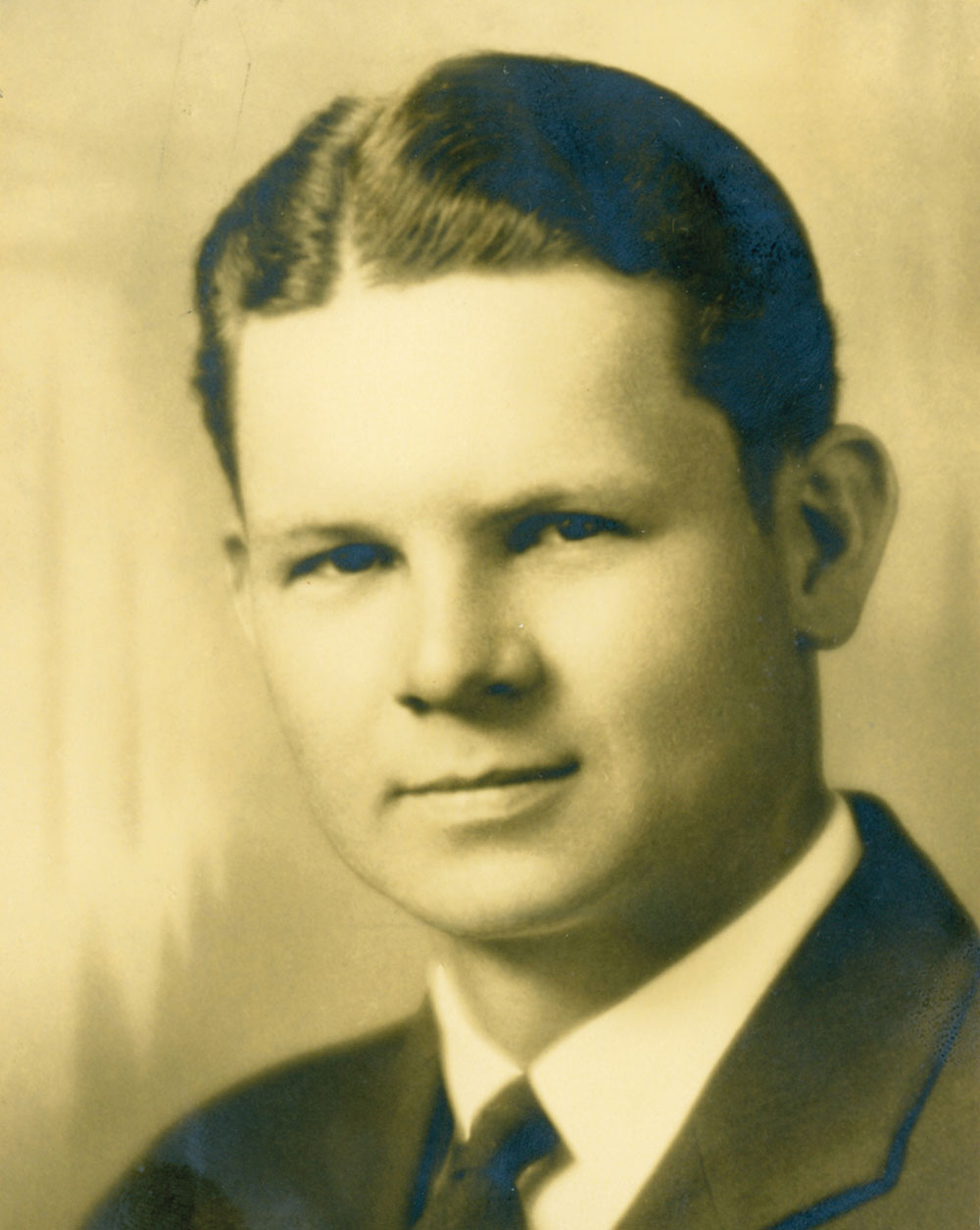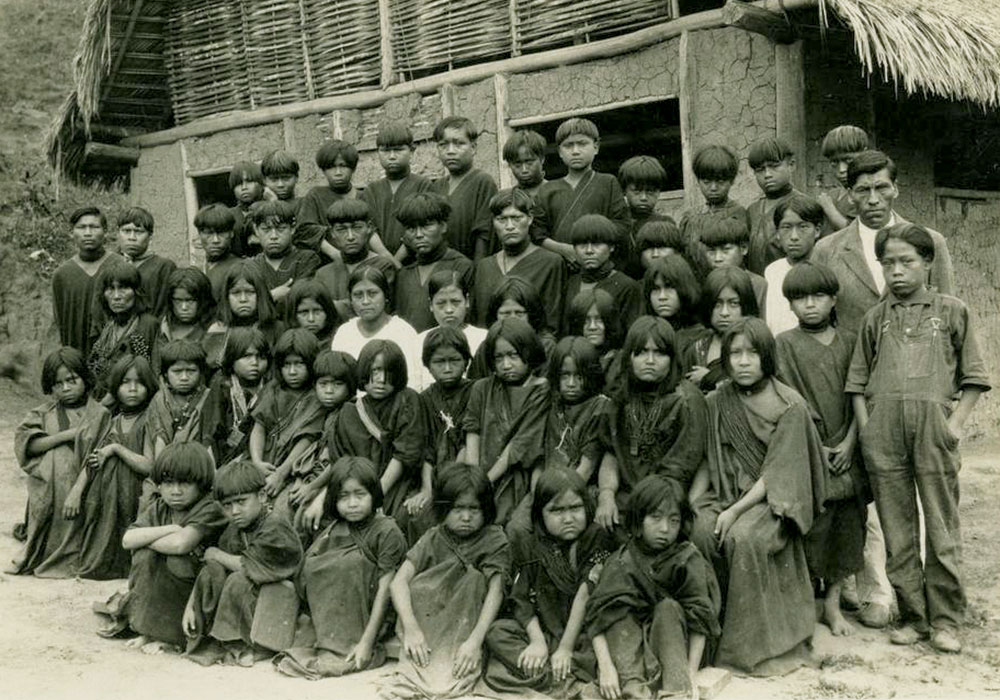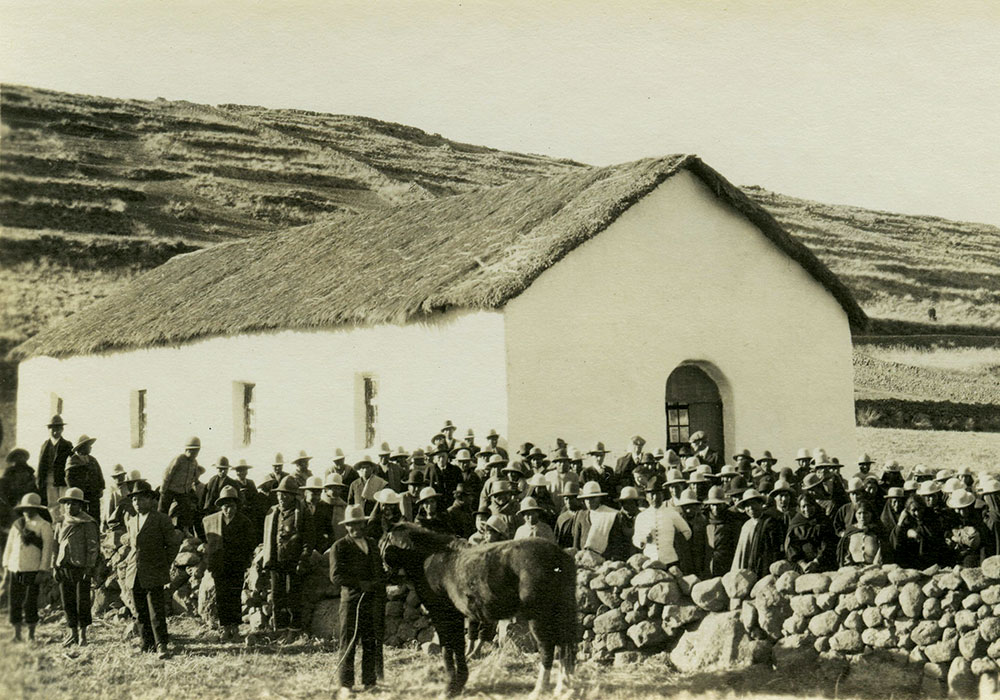Seventh-day Adventists today probably take for granted their membership of a worldwide movement. It is easy to forget that this outcome is built on extraordinary levels of commitment by many missionaries who forsook family and friends in order to add to the family of God. Richard (Dick) and Georgiana Hayden illustrate that commitment well.
Dick Hayden was born on May 31, 1903, in Los Angeles, California, but grew up in Eugene, Oregon, where the possibility of a career as a professional football player opened up for the strapping six-foot-tall young man. As a result, he attended the University of Oregon for a year, but then, influenced by his older sister, Lottie, who died of cancer when she was just 33 years old, he transferred to Walla Walla College. There, in his last year, college president W. I. Smith ended the Week of Prayer with a call for students to embrace missionary service. Dick told a friend: “I have been led here for a definite purpose.” Having some years earlier heard Floyd Bresee, a missionary to Peru, at a Missionary Volunteer Society meeting, Dick resolved, “If God is willing, I will go to South America when I finish my college training.”
After evangelistic work in Washington State in 1929, Dick and Georgiana (known to family and friends as “Jo”), accepted a call to missionary service in the Inca Union of the South American Division. They sailed for Peru in September 1930. Dick was 27, Jo just 21.

Richard A. Hayden, circa 1928.
For their first three years, Dick served as a local pastor in the Amazon Mission, working under the inspirational leadership of Ferdinand and Ana Stahl. Dick and Jo were based in the remote village of Iquitos, deep in the jungles of Peru’s Amazonian region. Their first child, Richard Dean (later a missionary to Nicaragua), was born there in 1932.
In 1933, the Haydens moved 800 miles south to the Andes Mountains to serve in the Lake Titicaca Training School in Juliaca, where Dick became principal. But after 16 months, he was appointed secretary (director, as we would say now) of the Missionary Volunteer and Education departments of the Lake Titicaca Mission, which had its headquarters in Peru’s second city, Arequipa. Dick and Jo’s second son was born there in 1935. A third child, Carolyn, was born in Spokane, Washington, while they were on furlough in 1936, but all three children were raised in South America.
In 1937, the family left Peru for the Bolivian Mission, where Dick served three years as Education and Missionary Volunteer secretary. In 1940, Dick was elected “director” (president, in today’s terms) of the Amazon Mission, and so the Haydens returned to the jungle. Dick led the Amazon Mission for eight years. In 1948–49, he briefly worked in education again as a Bible professor at Inca Union College in Peru’s capital and largest city, Lima. But in 1949, he was called to the Inca Union Mission headquarters, also in Lima, as Home Missionary and Sabbath School secretary, a post he held for 10 years. In 1959, Dick and Jo moved to Ecuador, where he had been elected president of the Ecuador Mission, but after not quite two years, they returned to Peru.
Dick became the first president of the newly established North Peru Mission. He served in that capacity for nearly four years, to the end of 1963, before stepping down to the position of departmental director so that an indigenous leader could become president. For the Haydens’ last four and a half years in Peru, Dick remained in the North Peru Mission, leading the Lay Activities, Sabbath School, and Radio and Television departments.

This woman's balsa leg was created by Hayden.
Dick and Jo Hayden left Peru for what they perhaps no longer thought of as home, the United States, in July 1968. They had served as missionaries in Peru, Bolivia, and Ecuador for a remarkable 37 years and 9 months. Except for 11 years at the Inca Union and its college, they always worked at the local level; they spent 26 years in real frontline mission work. Their spirit comes out in a letter Dick wrote to the General Conference on April 30, 1968, confirming their retirement. He wrote: “Mrs. Hayden and I have been laboring here in the Inca Union since 1930, and it is hard for us to leave our many friends here. We are glad however to see these younger Peruvian men take over.” His career was not marked by pride nor craving for promotion in the hierarchy; his only passion was pushing the work forward to reach the day when local leaders were able to take over so that missionaries could, as Dick did in North Peru, stand aside.
Dick and Jo Hayden stand for many missionaries whose labors bore rich fruit in today’s thriving, vibrant church in South America. Instead of receiving missionaries, it now sends them around the globe. This reflects the fact that, in many parts of the world, cross-cultural missionaries are still needed, as are the funds to support their work. As you read this, perhaps you, your brother or sister, your son or daughter, niece, nephew, or grandchildren are also being “led for a definite purpose.”
Your weekly mission offerings and world budget offerings help support the ministry of more than 400 missionary families. Thank you!





